
A Woodsrunner's Diary 18th Century body Armour.
Elephant armour or bargustavan-i-pil, South Asia 17th to 18th century. This armour was probably made around the 17th century, but it is difficult to say exactly where or for whom. The plate and mail structure was most widely used in northern and central India, particularly in Muslim states. However, the peacock, lotus bloom and fish motifs.
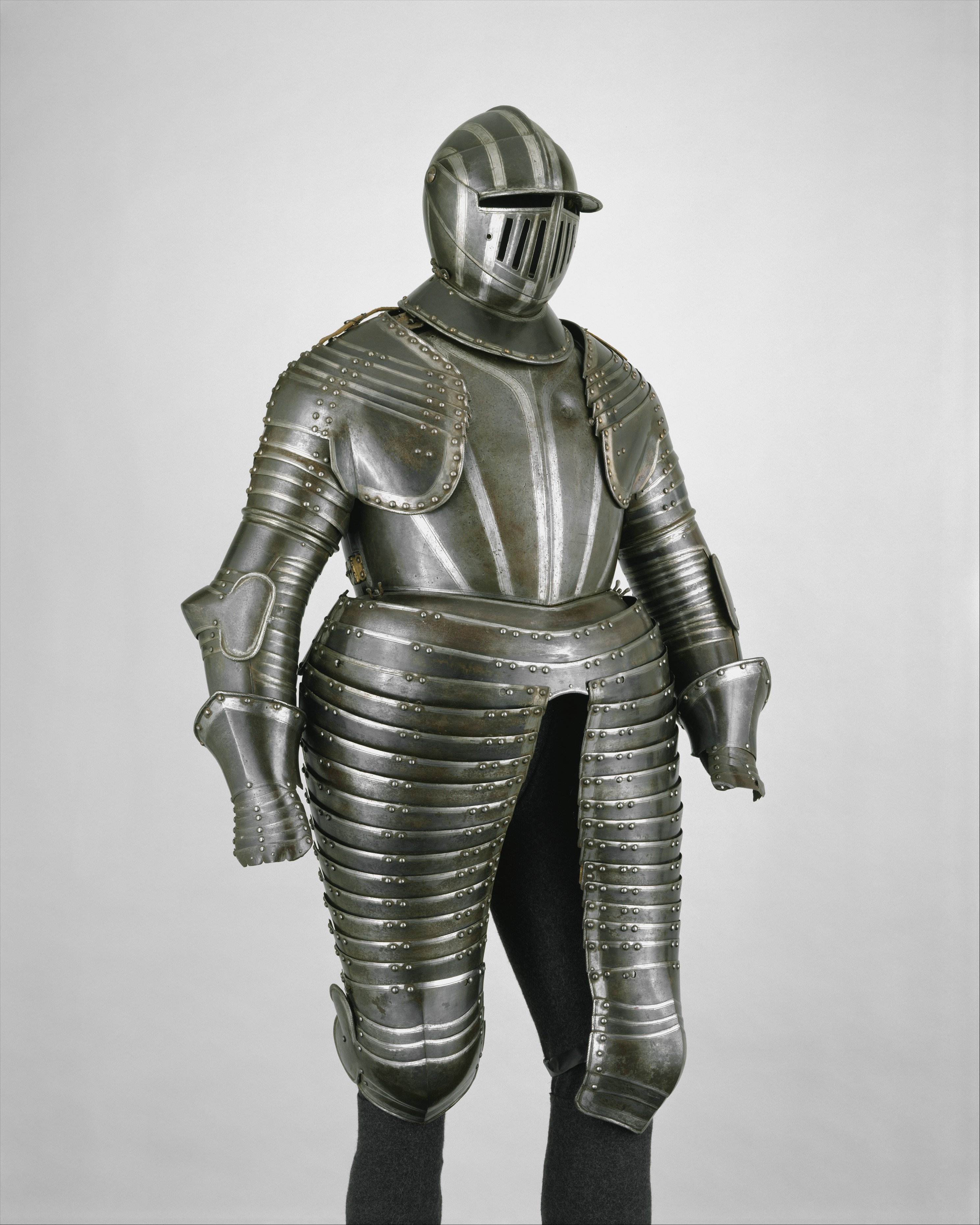
Cuirassier Armor Italian, Milan or Brescia The Metropolitan Museum of Art
The rise and progress of armor in England. 10th to18th century. Decade Middle Ages Arms and Armour in the Meyrick Collection at South Kensington History of Armour in England
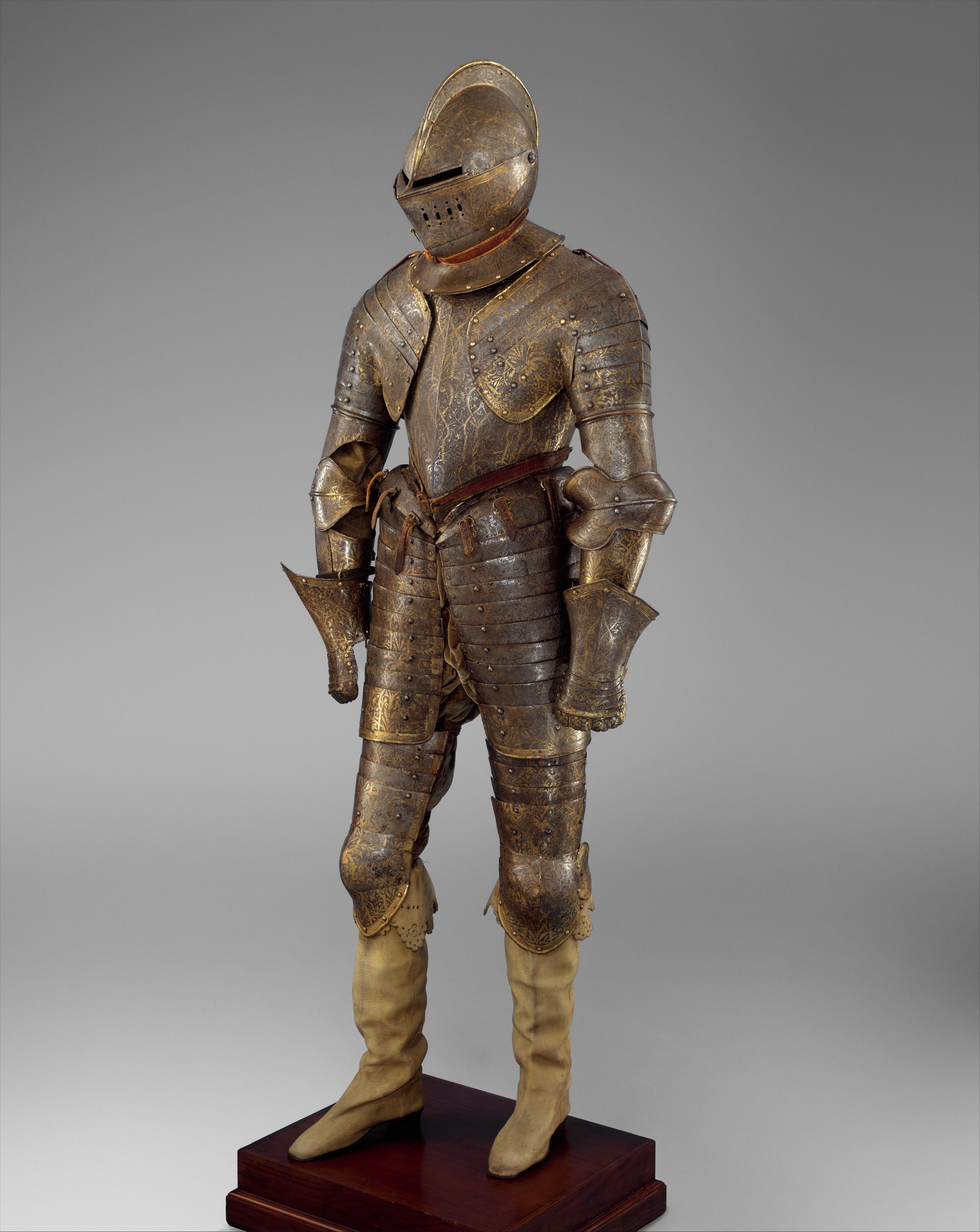
Armor for Heavy Cavalry French The Metropolitan Museum of Art
From Wikipedia, the free encyclopedia A typical 18th-century cuirassier wearing a cuirass. He might wear an iron skull cap under his tricorne. Armour in the 18th century was minimalist and restricted almost entirely to cavalry, primarily to cuirassiers and, to a lesser degree, carabiniers and dragoons.
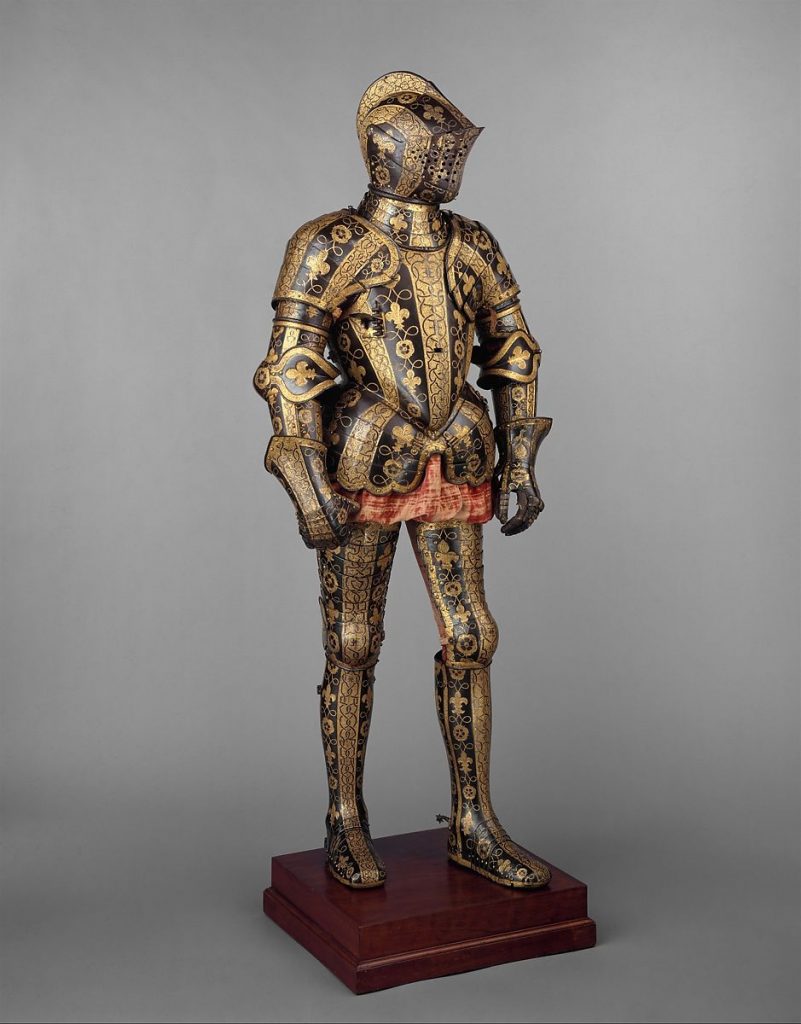
Fire Gilding of Arms and Armor in the Medieval and Early Modern Periods Brewminate A Bold
An early 18th century Maratha helmet and armor from the Hermitage Museum, St. Petersburg, Russia. Armor in the Indian subcontinent was used since antiquity. Its earlier reference is found in the vedic period. [1] Armor has been described in religious texts; including the Itihasa epics Ramayana and Mahabharat, as well as in the Puranas .

Impressive 18th Century Suit Of Armour With Helmet & Sword 781996 Sellingantiques.co.uk
Armour developed into the flexible Ō-yoroi - 'Great Harness', where protection against arrows was the foremost consideration. The cuirass was formed of lamellar plates linked together in a flexible way with an upper part solid plate giving increased protection.. (Chronicle of the Great Peace), woodblock printed book , 18th century.

Arm the Armour Medieval knight, Armour, Samurai gear
During the eighth century, Ingelri and Ulfberht, two blade smiths (or their workshops) from the Rhine region, apparently produced such high-quality sword blades that their names are found inscribed on swords produced over the following two centuries.

A 1856 model cuirass dating third quarter of the 19th Century provenance France Armor Clothing
October 2003 Some of the earliest decorated armor was produced during the Celtic Bronze Age in Great Britain and Ireland, Scandinavia, and the area of modern-day France, Germany, and Austria.
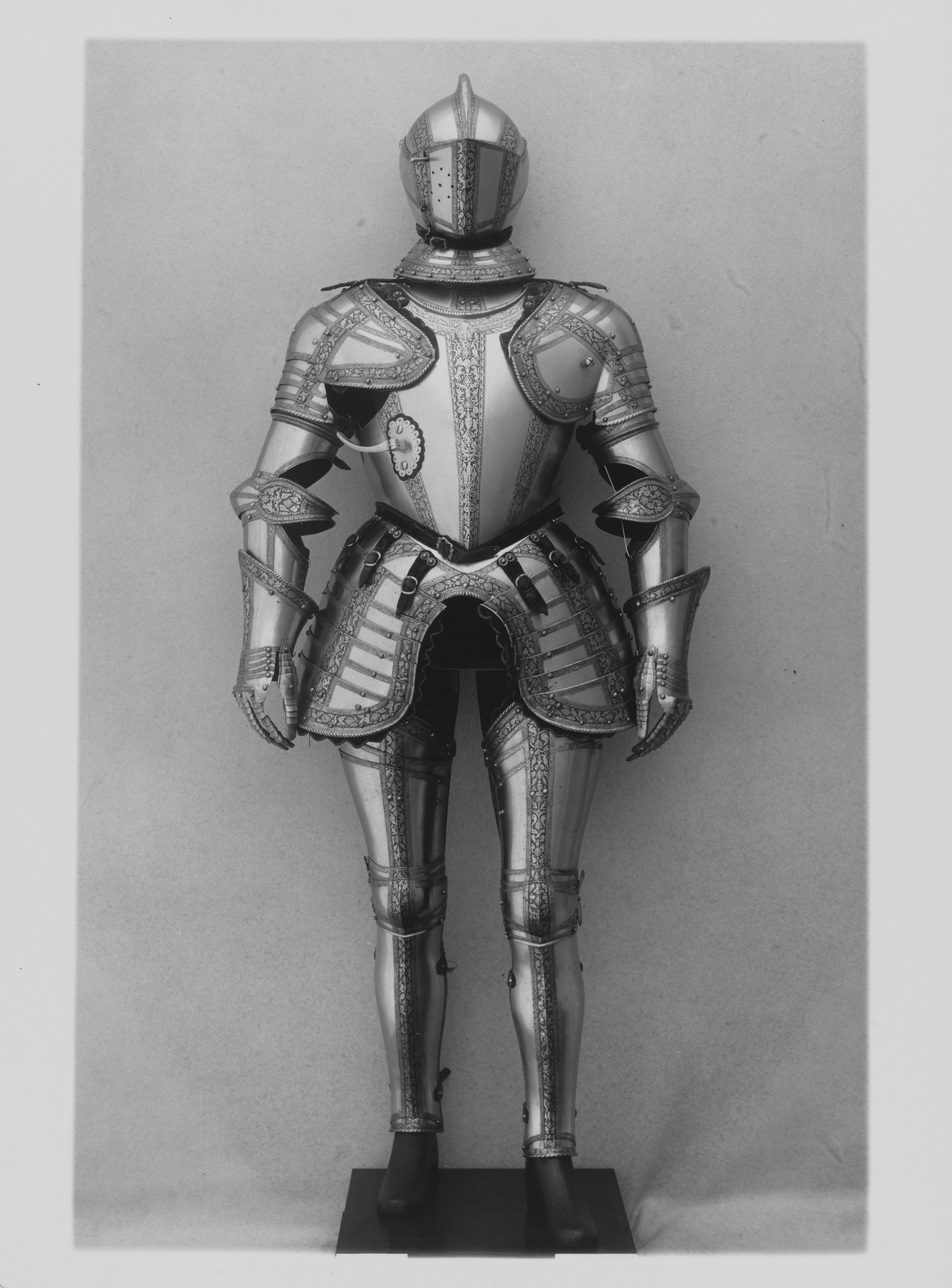
Armor Italian, probably Milan The Metropolitan Museum of Art
Different cultures have developed protective gear in a variety of ways throughout the millennia, from the fabric armor of 18th-century Korea to the metal armor historically favored by Europeans. Above, look through a gallery of 44 photos of armor through the ages. And, below, see how this military strategy evolved across cultures and times.
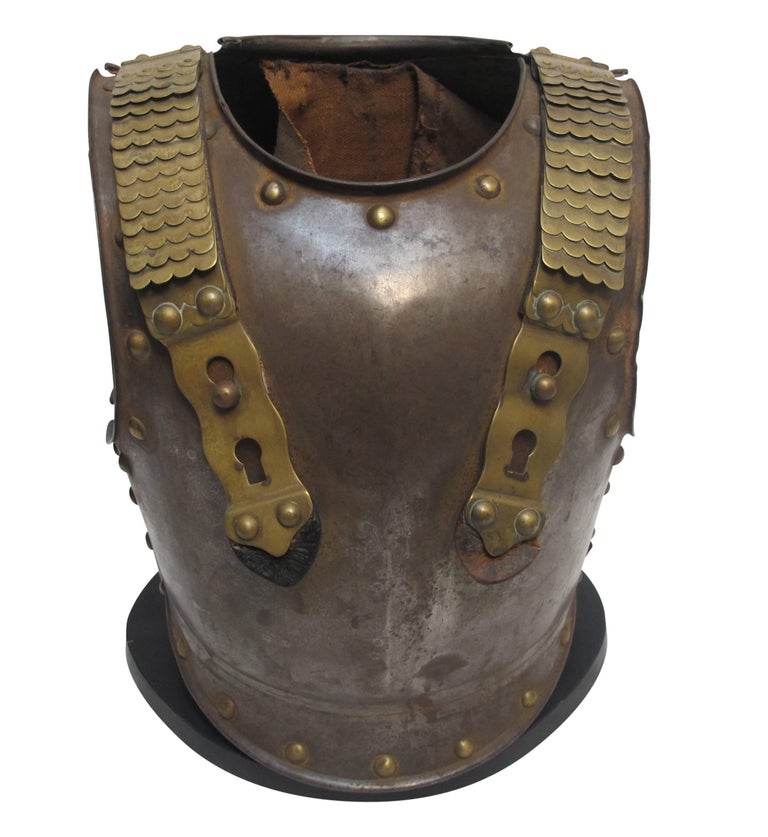
French Military Steel and Brass Armor, Late 18thEarly 19th Century For Sale at 1stDibs
Fast and Free Shipping On Many Items You Love On eBay. Looking For Armor? We Have Almost Everything On eBay.
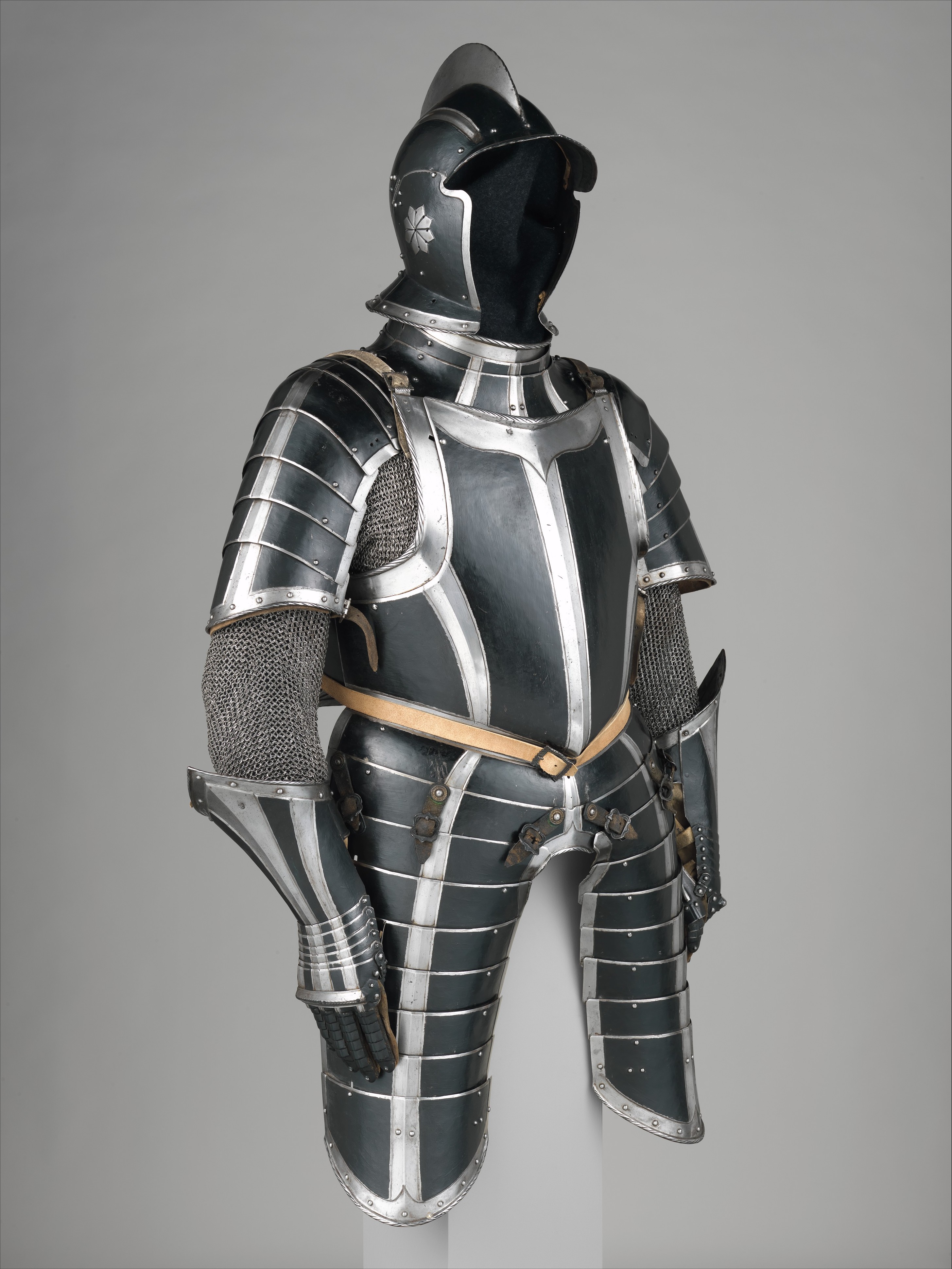
Infantry Armor German, Nuremberg The Metropolitan Museum of Art
Types of armour generally fall into one of three main categories: (1) armour made of leather, fabric, or mixed layers of both, sometimes reinforced by quilting or felt, (2) mail, made of interwoven rings of iron or steel, and (3) rigid armour made of metal, horn, wood, plastic, or some other similar tough and resistant material.
SilkDamask The Other Civil War 17th Century Armor at the Higgins Armory Museum
By the 18th century, soldiers began to rely more on soft armor, such as padded jackets or vests made of materials like leather or quilted cloth, which provided a certain level of defense against slashing attacks. However, these forms of armor were inadequate against the increasing usage of firearms on the battlefield.
Anyone else really like the early 18th century armours? r/ArmsandArmor
Armour ( Commonwealth English) or armor ( American English; see spelling differences) is a covering used to protect an object, individual, or vehicle from physical injury or damage, especially direct contact weapons or projectiles during combat, or from a potentially dangerous environment or activity (e.g. cycling, construction sites, etc.).
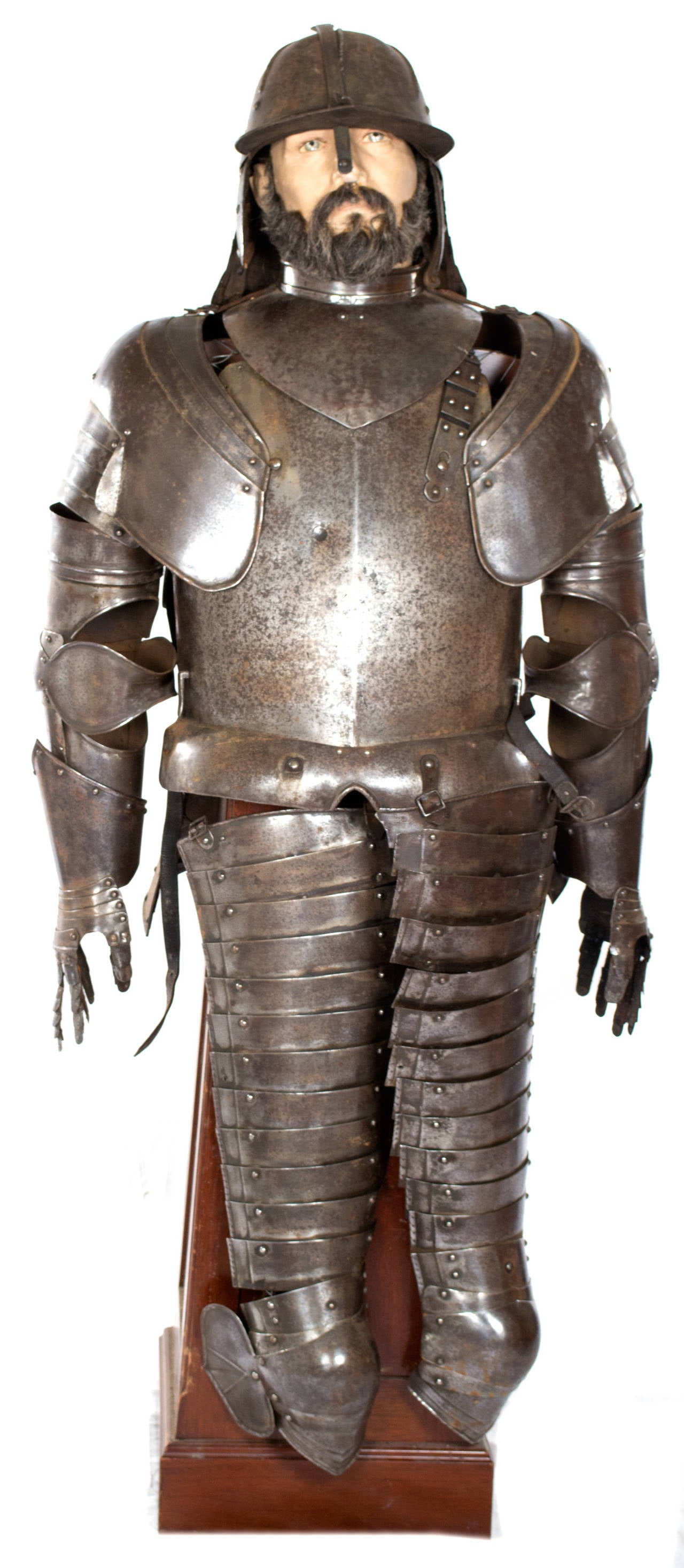
Early SeventeenthCentury Suit of Armor with Stand and Mannequin at 1stdibs
Etching as a means of decorating arms and armor appears to have led to the discovery of etching as a printmaking technique. In return, sixteenth-century etched decoration of arms and armor was sometimes copied directly from popular prints. Quite elaborate and complex designs could be produced, including pictorial scenes and inscriptions.

armor by Anton Peffenhauser (German, Augsburg, 15251603), decoration attributed to
Japan A Japanese 16th-17th century suit of plate armour with a western-style cuirass ( nanban dō gusoku) In the Kofun period (250-538), [4] iron plate cuirasses ( tankō) and helmets were being made. [5]

A model armour set Italy, 18th Century
History of the Department The Collection What's On View Collection Highlights View highlights of arms and armor at The Met. Collection Insights Videos For Families and Teachers Armor—Function and Design Teach the art and utility of arms and armor with this lesson plan. Fierce or Fancy? A guide to the art of arms and armor for families (PDF).

Pin on Ancient Armour and Weapons
Antique Chainmail armor with shield, Tibet, 18th-19th Century. LordAmeth - CC BY-SA 2.0 Adding Metal Once people learned to work metal into weapons, they realized it could also be used for armor.